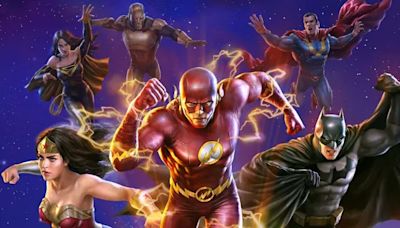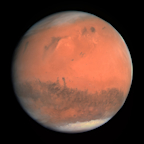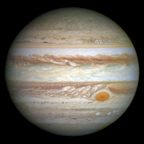Search results
Grab the helm and go on an adventure in Google Earth.
- Download
Google Earth Pro on desktop is available for users with...
- Get Inspired
See how organizations have used these tools for social and...
- Earth
Overview. . Earth Versions. . Resources. . More from Earth....
- Introduction
Google Earth Studio is a browser-based animation tool for...
- United States
Explore United States in Google Earth. ...
- Earth Engine
Earth Engine combines a multi-petabyte catalog of satellite...
- FAQ
Earth Studio is a web-based animation tool for Google Earth...
- Google Earth
Google Earth - Apps on Google Play. Google LLC. 4.2 star....
- Download
Google Earth lets you view satellite imagery, 3D buildings, and terrain for hundreds of cities, and dive into Street View for a 360 experience. You can also create stories and maps, join guided tours, and discover new cultures and landscapes.
Earth is the third planet from the Sun and the only astronomical object known to harbor life. This is enabled by Earth being a water world, the only one in the Solar System sustaining liquid surface water. Almost all of Earth's water is contained in its global ocean, covering 70.8% of Earth's crust.
- 29.7827 km/s, (107218 km/h; 66622 mph)
- 0.99726968 d, (23h 56m 4.100s)
- 0.4651 km/s, (1674.4 km/h; 1040.4 mph)
- Namesake
- Potential For Life
- Size and Distance
- Orbit and Rotation
- Moons
- Formation
- Structure
- Surface
- Atmosphere
- Magnetosphere
The name Earth is at least 1,000 years old. All of the planets, except for Earth, were named after Greek and Roman gods and goddesses. However, the name Earth is a Germanic word, which simply means “the ground.”
Earth has a very hospitable temperature and mix of chemicals that have made life abundant here. Most notably, Earth is unique in that most of our planet is covered in liquid water, since the temperature allows liquid water to exist for extended periods of time. Earth's vast oceans provided a convenient place for life to begin about 3.8 billion year...
With a radius of 3,959 miles (6,371 kilometers), Earth is the biggest of the terrestrial planets and the fifth largest planet overall. From an average distance of 93 million miles (150 million kilometers), Earth is exactly one astronomical unit away from the Sun because one astronomical unit (abbreviated as AU), is the distance from the Sun to Eart...
As Earth orbits the Sun, it completes one rotation every 23.9 hours. It takes 365.25 days to complete one trip around the Sun. That extra quarter of a day presents a challenge to our calendar system, which counts one year as 365 days. To keep our yearly calendars consistent with our orbit around the Sun, every four years we add one day. That day is...
Earth is the only planet that has a single moon. Our Moonis the brightest and most familiar object in the night sky. In many ways, the Moon is responsible for making Earth such a great home. It stabilizes our planet's wobble, which has made the climate less variable over thousands of years. Earth sometimes temporarily hosts orbiting asteroids or la...
When the solar system settled into its current layout about 4.5 billion years ago, Earth formed when gravity pulled swirling gas and dust in to become the third planet from the Sun. Like its fellow terrestrial planets, Earth has a central core, a rocky mantle, and a solid crust.
Earth is composed of four main layers, starting with an inner core at the planet's center, enveloped by the outer core, mantle, and crust. The inner core is a solid sphere made of iron and nickel metals about 759 miles (1,221 kilometers) in radius. There the temperature is as high as 9,800 degrees Fahrenheit (5,400 degrees Celsius). Surrounding the...
Like Mars and Venus, Earth has volcanoes, mountains, and valleys. Earth's lithosphere, which includes the crust (both continental and oceanic) and the upper mantle, is divided into huge plates that are constantly moving. For example, the North American plate moves west over the Pacific Ocean basin, roughly at a rate equal to the growth of our finge...
Near the surface, Earth has an atmosphere that consists of 78% nitrogen, 21% oxygen, and 1% other gases such as argon, carbon dioxide, and neon. The atmosphere affects Earth's long-term climate and short-term local weather and shields us from much of the harmful radiation coming from the Sun. It also protects us from meteoroids, most of which burn ...
Our planet's rapid rotation and molten nickel-iron core give rise to a magnetic field, which the solar wind distorts into a teardrop shape in space. (The solar wind is a stream of charged particles continuously ejected from the Sun.) When charged particles from the solar wind become trapped in Earth's magnetic field, they collide with air molecules...
Oct 19, 2023 · Earth is the planet we live on, one of eight planets in our solar system and the only known place in the universe to support life. Earth is the third planet from the sun, after Mercury and Venus, and before Mars. It is about 150 million kilometers (about 93 million miles) from the sun.






















